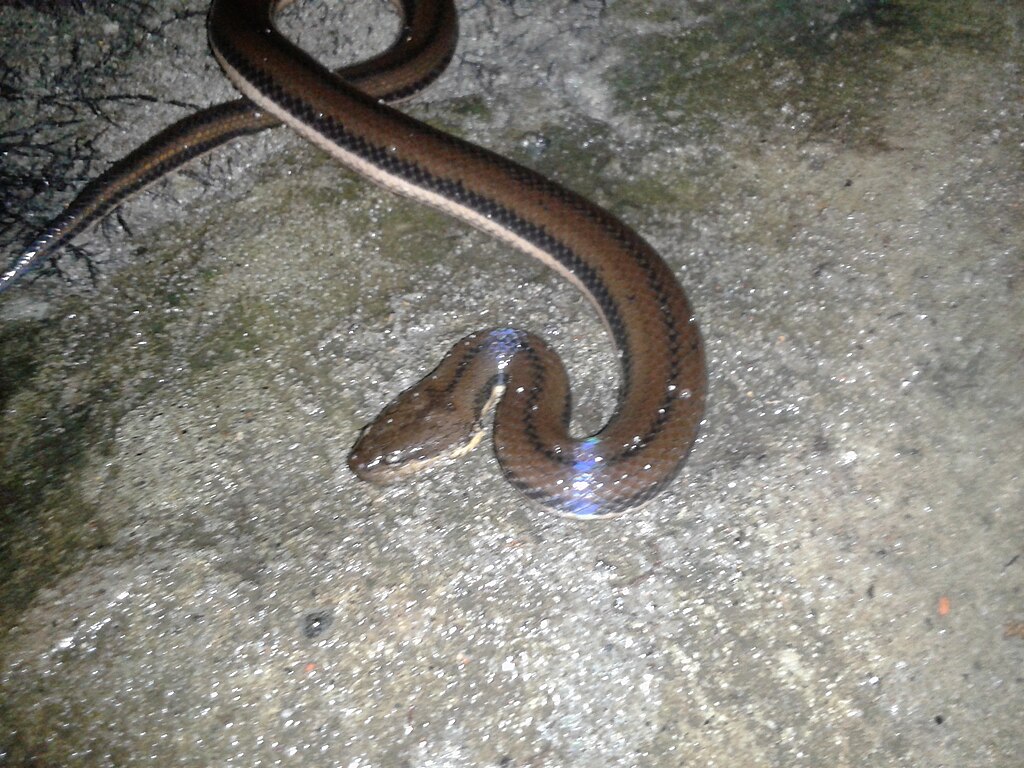Snakes, despite lacking limbs, are remarkably adept at navigating their environments. One of the most fascinating aspects of snake locomotion is their ability to detect and utilize air currents to guide their movements. This sophisticated sensory capability allows snakes to locate prey, avoid predators, and navigate complex environments with astonishing precision. Unlike mammals, who primarily rely on vision or hearing, snakes have evolved specialized sensory adaptations that transform subtle air movements into valuable navigational information. From hunting in complete darkness to traversing challenging terrain, the snake’s relationship with air currents represents one of nature’s most elegant solutions to survival without appendages.
The Jacobson’s Organ: A Sensory Masterpiece
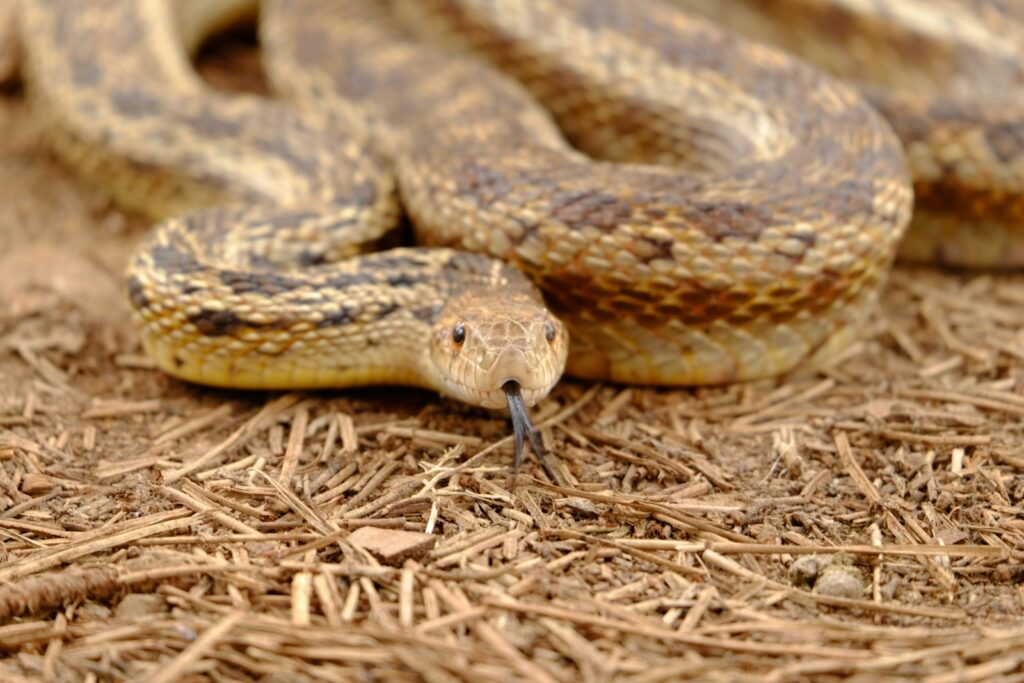
At the heart of a snake’s ability to detect air currents lies the Jacobson’s organ, also known as the vomeronasal organ. This specialized sensory structure consists of two small fluid-filled sacs located in the roof of the snake’s mouth, connected to the nasal cavity. When a snake flicks its forked tongue into the air, it collects microscopic particles and molecules suspended in air currents. After sampling the air, the snake inserts its tongue into the Jacobson’s organ, where chemical analysis of these particles occurs. This remarkable system allows snakes to create a three-dimensional “smell-scape” of their surroundings, detecting prey, predators, and environmental features based on particles carried by air currents, even in complete darkness or underwater.
The Forked Tongue: Nature’s Air Current Detector
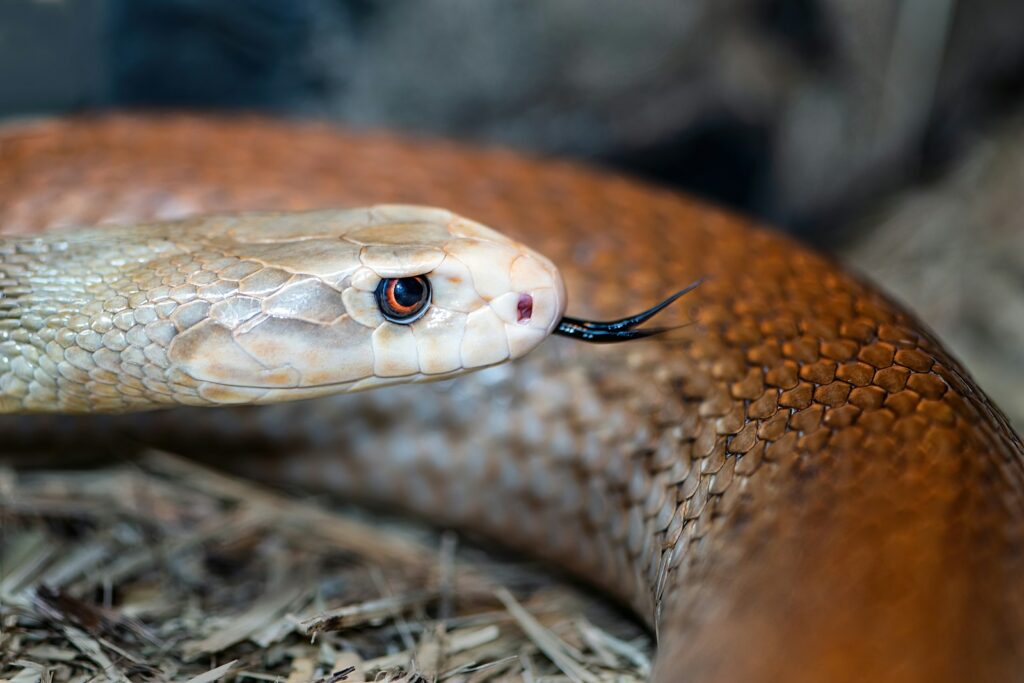
The snake’s forked tongue represents an evolutionary marvel designed for air current detection. Unlike the tongues of most vertebrates, the snake’s bifurcated tongue functions as a sophisticated sampling tool that captures directional information from air currents. When extended, each fork of the tongue can sample air from slightly different spatial locations, providing the snake with stereochemical details. This stereoscopic sampling allows snakes to determine the direction from which scents and air currents originate. Scientists have observed that the spacing between the tongue tips corresponds roughly to the distance between the openings of the Jacobson’s organ, optimizing the system for directional detection. This remarkable adaptation enables snakes to follow concentration gradients in air currents with pinpoint accuracy, effectively “seeing” their environment through chemical traces in the air.
Heat-Sensing Pit Organs and Air Current Detection

Many snake species, particularly vipers and pythons, possess specialized heat-sensing pit organs that work in conjunction with air current detection. These pit organs contain membranes filled with thousands of temperature-sensitive receptors capable of detecting infrared radiation from warm-blooded prey. When combined with information from air currents, these pit organs create a comprehensive sensory picture of the environment. Air currents carrying heat signatures provide vital information about prey location and movement patterns. Research has shown that pit vipers can detect temperature differences as small as 0.003°C, making them extraordinarily sensitive to the thermal disruptions in air currents caused by potential prey. This dual-sensory system allows these snakes to hunt effectively in complete darkness, using the subtle interplay between heat signatures and air movements to precisely locate targets.
Scales as Sensory Instruments
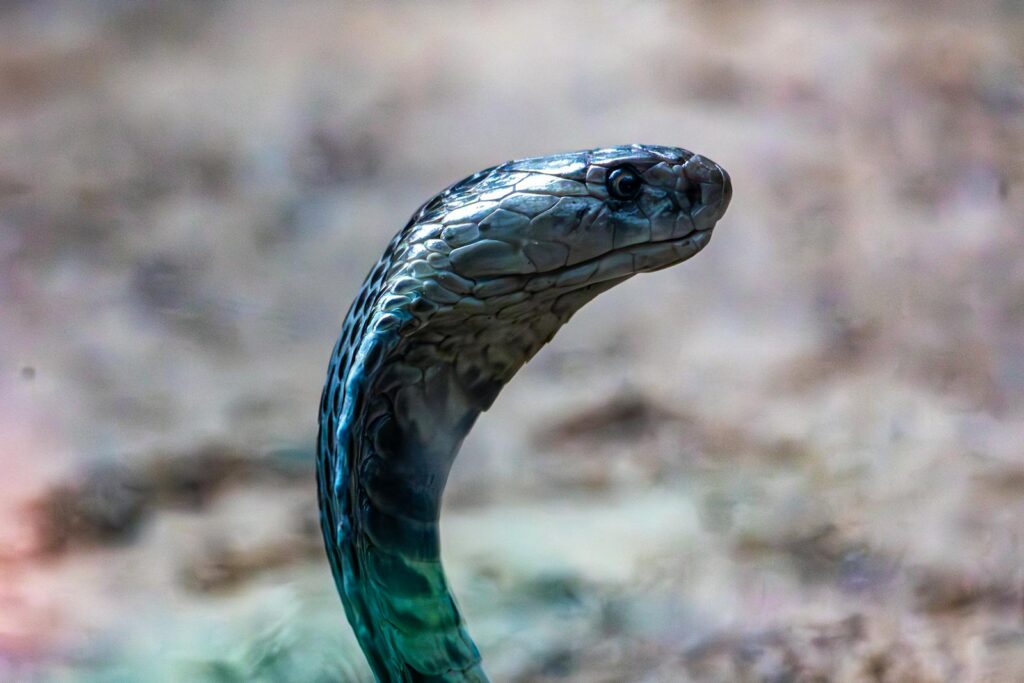
The scales covering a snake’s body serve as more than just protective armor—they function as sophisticated sensory instruments for detecting air currents. Each scale contains numerous mechanoreceptors that can detect minute pressure changes and vibrations in the surrounding air. These receptors are particularly concentrated in the ventral scales that contact the ground during movement. As air flows over and around the snake’s body, these scales register microscopic changes in pressure, providing the snake with continuous feedback about environmental conditions. Studies have revealed that some species have scales with microscopic ridges and pits that enhance their sensitivity to air current variations. This distributed sensory network allows snakes to maintain awareness of their surroundings from multiple points along their body simultaneously, creating a comprehensive picture of air current patterns in their immediate environment.
Air Current Navigation During Predatory Strikes
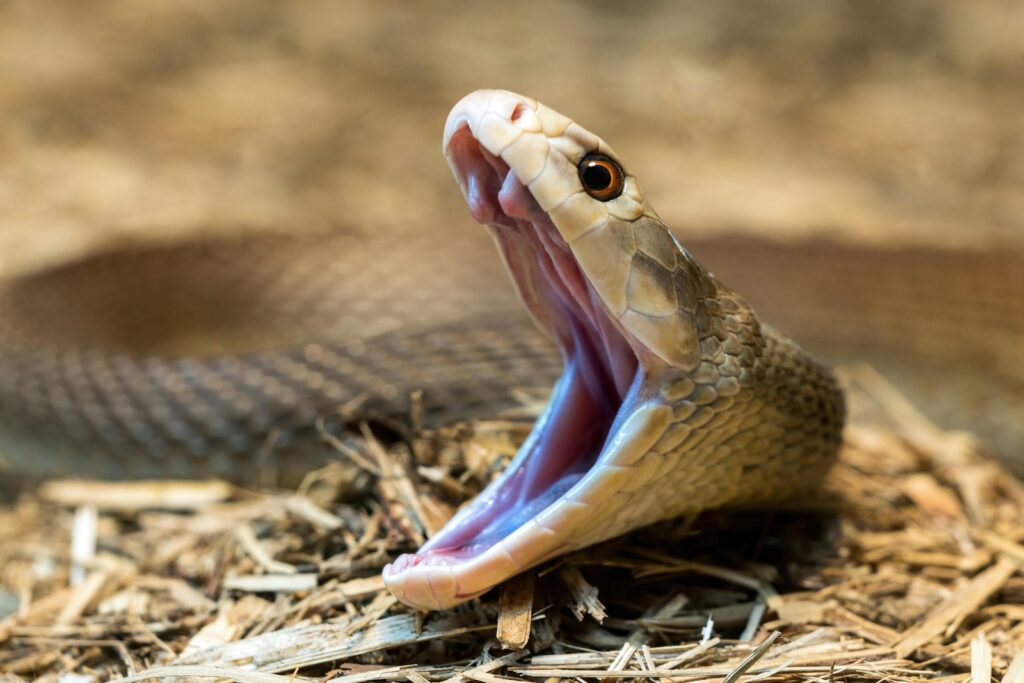
When launching predatory strikes, snakes rely heavily on air current information to achieve their remarkable accuracy. As a potential prey animal moves through the environment, it creates distinctive disturbances in the surrounding air that snakes can detect. These air current signatures allow the snake to calculate the precise position, size, and movement pattern of the prey, even when visual information is limited. High-speed camera studies have revealed that some snake species can adjust their strike trajectory mid-attack based on updated air current information, demonstrating extraordinary computational abilities. For ambush predators like vipers, the ability to interpret air currents enables them to remain perfectly still until the optimal moment to strike, maximizing their hunting efficiency. This air current-guided precision explains why snakes can achieve such high success rates when hunting in complete darkness or dense vegetation.
Arboreal Adaptations for Air Current Detection
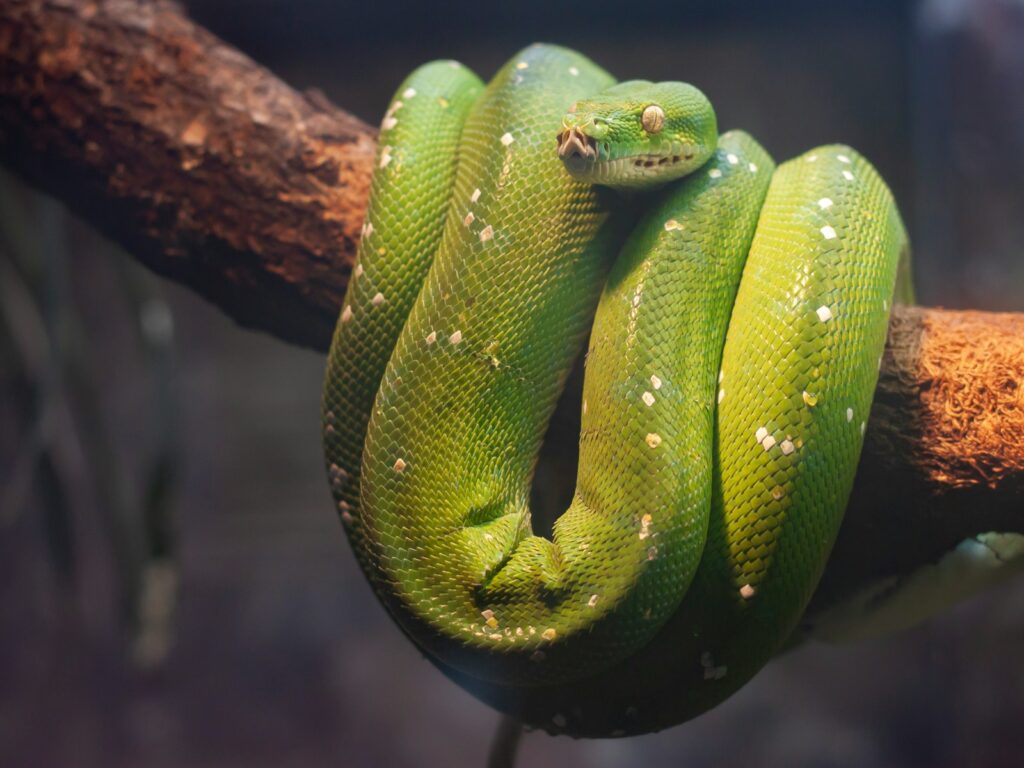
Tree-dwelling snakes have evolved specialized adaptations for detecting and utilizing air currents in their three-dimensional habitat. Species like the green tree python and emerald tree boa possess highly sensitive labial scales around their mouths that can detect the slightest air movements caused by nearby prey. Their slender bodies with reduced ventral scales maximize surface area exposure to air currents while minimizing contact points with branches. Research has shown that arboreal snakes often position themselves strategically on branches to optimize air current detection, frequently choosing perches where prevailing air flows channel potential prey scents directly to them. This specialized relationship with air currents allows arboreal snakes to effectively “fish” for prey in the canopy, detecting mammals, birds, and other tree-dwelling creatures that would otherwise remain hidden in the complex three-dimensional environment.
Desert Specialists and Thermal Air Currents
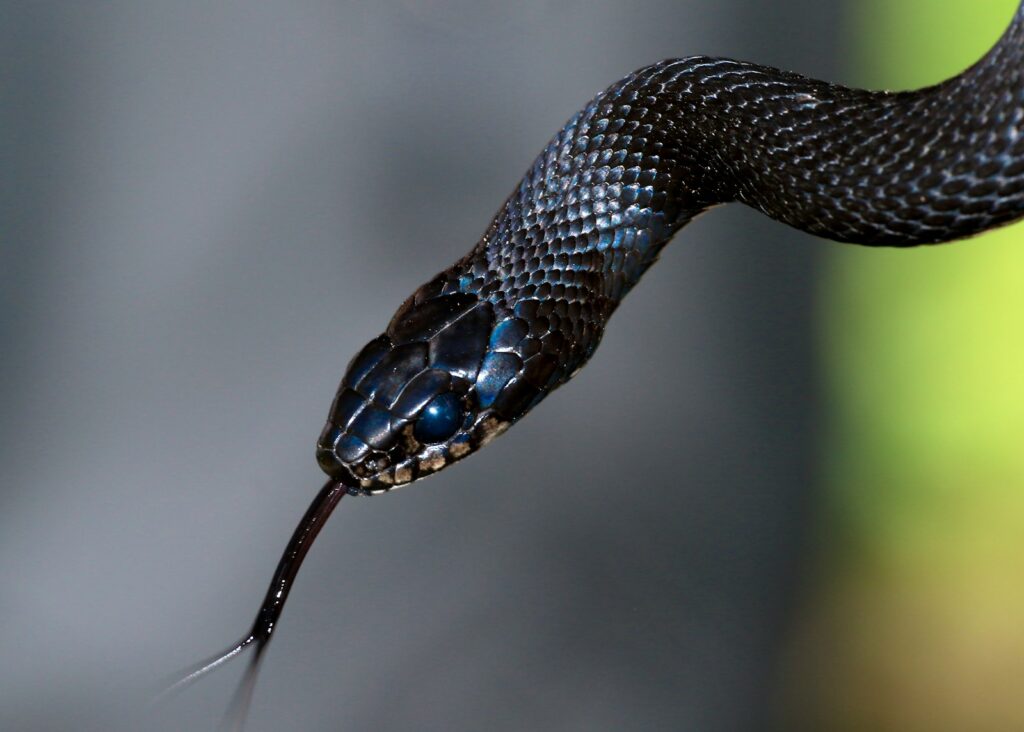
Desert-dwelling snakes have refined their ability to detect and utilize thermal air currents for both navigation and hunting. In arid environments, temperature gradients create predictable air current patterns as hot air rises from sun-warmed surfaces and cooler air sinks into depressions. Sidewinders and other desert specialists can detect these thermal air patterns and use them to locate potential prey hiding in the sand. Their specialized scales can detect microscopic temperature differences in air currents flowing across their bodies. Research in the Mojave Desert has demonstrated that sidewinder rattlesnakes will often position themselves downwind from rodent burrows, using thermal air currents to detect when prey animals emerge. This remarkable adaptation allows desert snakes to conserve energy by hunting efficiently in an environment where prey is scarce and metabolic costs are high.
Navigating Aquatic Environments Using Water Currents

Sea snakes and other aquatic species have adapted their air current detection abilities to function effectively underwater. Despite the different physical properties of water compared to air, the underlying sensory principles remain similar. Aquatic snakes use specialized scale structures and pressure-sensitive receptors to detect minute changes in water flow patterns around their bodies. This sensory information helps them locate prey, navigate complex underwater topography, and detect approaching predators. Research on yellow-bellied sea snakes has shown they can detect the distinctive water current patterns created by fish swimming several meters away. Some species can even detect the residual water disturbances left behind by prey that passed through the area minutes earlier, creating an effective “trail” to follow. This ability to interpret water currents as information allows sea snakes to hunt successfully in murky waters with limited visibility.
The Role of Air Currents in Reproductive Behavior
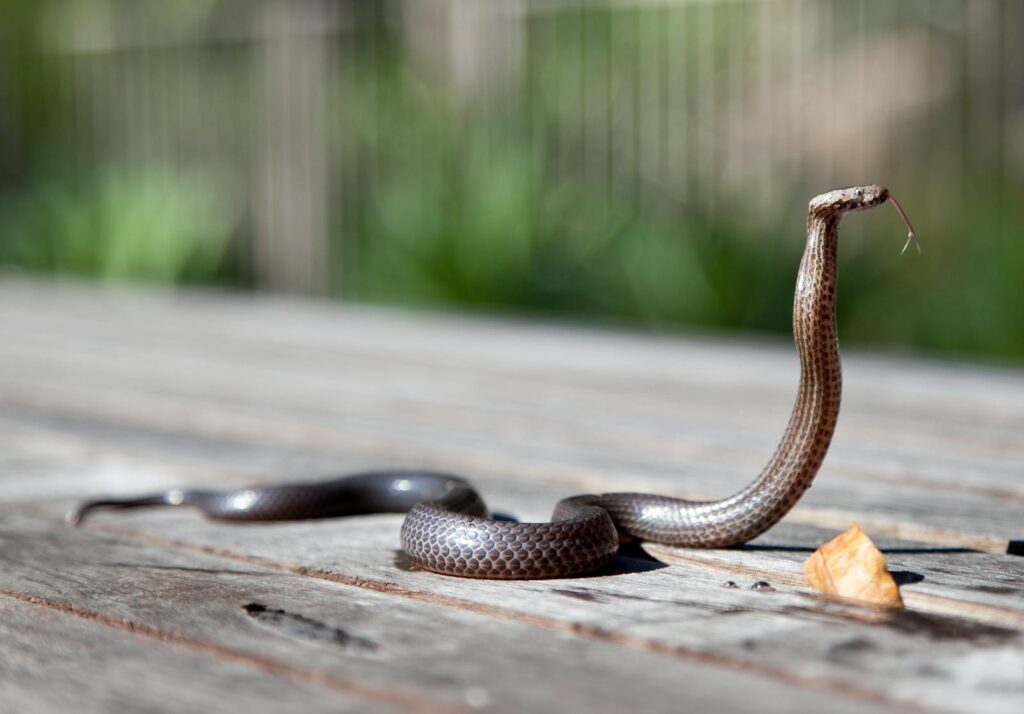
Air current detection plays a crucial role in snake reproductive behavior, particularly in mate-finding and courtship rituals. During breeding season, female snakes release airborne pheromones that male snakes can detect and track through air currents. Males will follow these chemical trails upwind, using their forked tongues to sample air currents and determine the direction of the pheromone source. Research has documented male garter snakes tracking female pheromone trails across remarkable distances, sometimes following complex winding paths through challenging terrain. The precision of this air current tracking is so refined that males can distinguish between reproductive and non-reproductive females based solely on subtle differences in pheromone composition carried by air currents. In species with male-male competition, rival males can detect changes in air currents created by other males’ movements, allowing them to adjust their approach strategies accordingly.
Air Current Detection in Defensive Behaviors
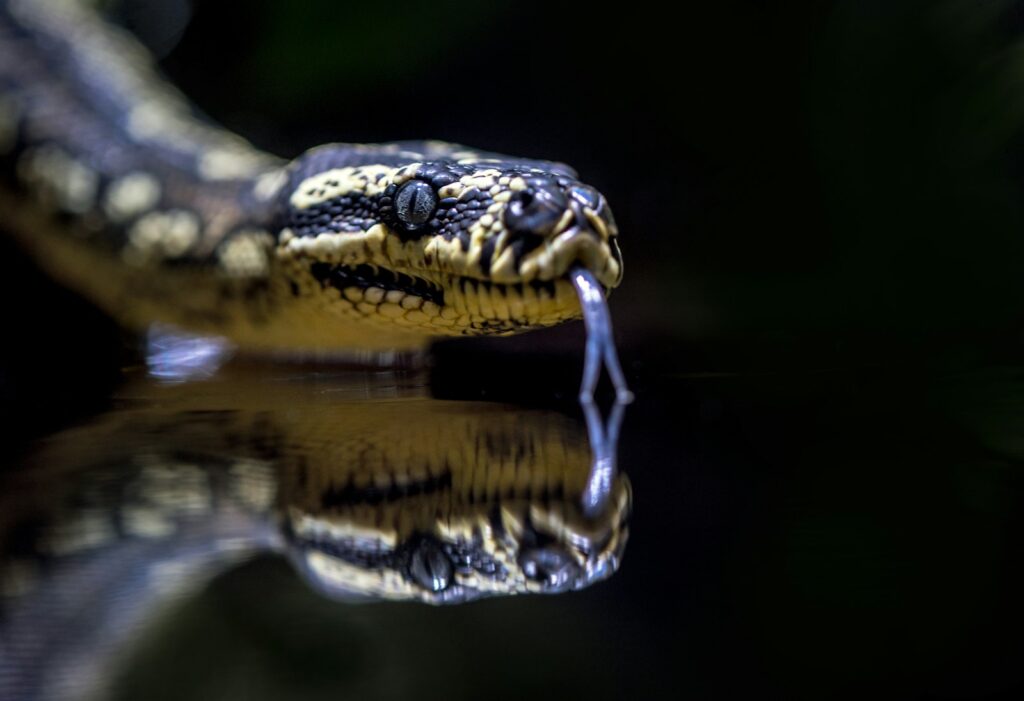
Snakes rely heavily on air current detection to execute their defensive behaviors effectively. When a potential predator approaches, it creates distinctive air current patterns that alert the snake to the threat’s direction, size, and movement speed. This information allows the snake to position itself optimally for defense, whether that means coiling to strike, flattening to appear larger, or preparing to flee. Research using controlled air current experiments has demonstrated that snakes can determine the difference between the air disturbances created by harmless small animals and those created by dangerous predators. Some species can even detect subtle changes in the breathing patterns of approaching predators, providing early warning of hunting behavior. This sophisticated air current analysis explains why attempting to sneak up on a snake is extraordinarily difficult, even when approaching from behind, as the snake can detect the air pressure changes created by your movement.
Seasonal Changes in Air Current Utilization
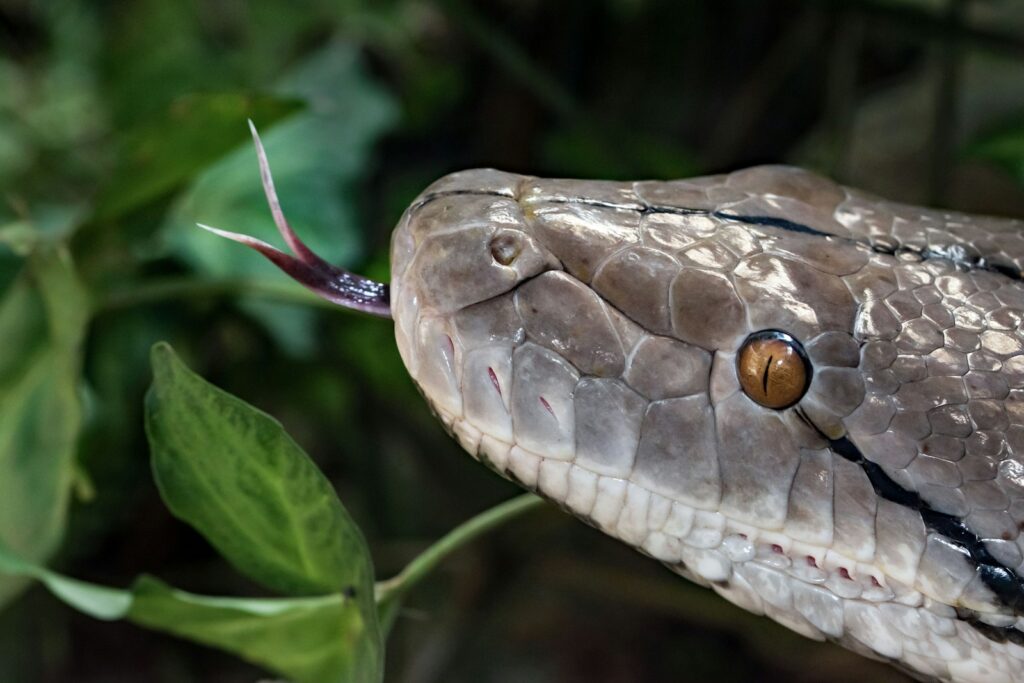
Snakes exhibit remarkable seasonal adaptations in how they utilize air currents for navigation and hunting. During warmer months, when metabolic rates are higher and prey is more abundant, many species become more active in tracking complex air current patterns to locate food efficiently. Conversely, as temperatures drop, many species shift to utilizing air currents primarily for detecting approaching threats while conserving energy. Research tracking seasonal behavior in rattlesnakes found they adjusted their tongue-flicking frequency and duration based on seasonal conditions, sampling air currents more actively during prime hunting seasons. During brumation (reptile hibernation), some communal denning species use air current detection to locate suitable hibernation sites by following the distinctive air patterns created by other snakes already gathered at den entrances. This seasonal flexibility in air current utilization allows snakes to optimize their energy expenditure throughout the year.
The Neuroscience Behind Air Current Processing
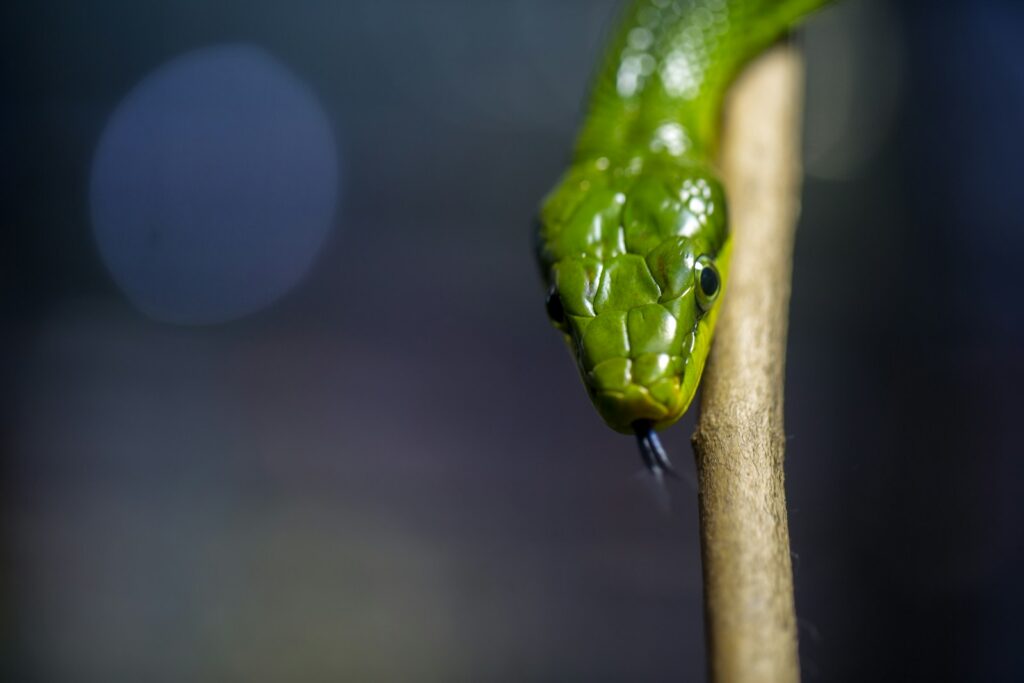
The neural mechanisms underlying a snake’s ability to process air current information represent a fascinating area of ongoing research. When air current data is collected via the tongue and Jacobson’s organ, the information travels through specialized neural pathways to the ophidian brain’s chemosensory processing centers. Advanced neuroimaging studies have revealed that snakes possess enlarged brain regions dedicated to interpreting the spatial and chemical information contained in air currents. These specialized neural networks can distinguish between thousands of different chemical signatures and their concentrations in three-dimensional space. Research using electrode recordings from snake brains has demonstrated that individual neurons in these regions respond differently to air currents coming from different directions, creating a neural map of the surrounding environment. This sophisticated neural architecture allows snakes to transform simple air current data into complex behavioral decisions with remarkable speed and accuracy.
Conservation Implications of Air Current Sensitivity
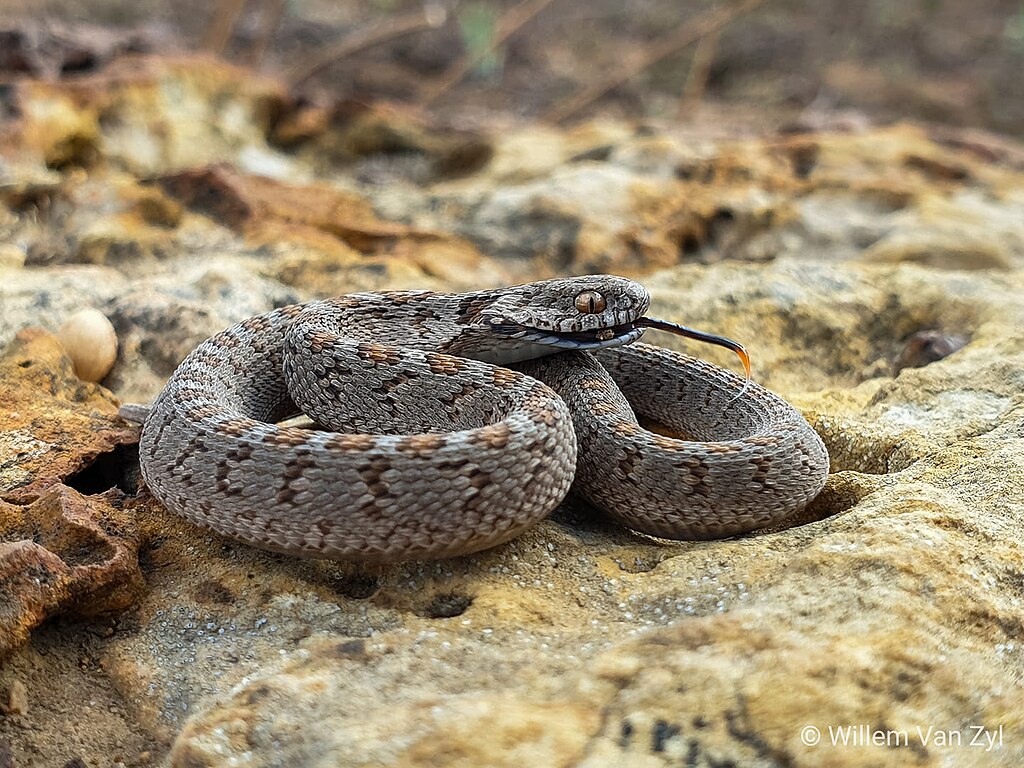
The snake’s exquisite sensitivity to air currents has significant implications for conservation efforts in our changing world. Human-induced environmental changes that alter air current patterns can disrupt snakes’ ability to hunt, find mates, and avoid dangers effectively. For instance, habitat fragmentation creates artificial air current patterns that can confuse snakes attempting to navigate between isolated habitat patches. Air pollution introduces novel chemical compounds into air currents that may interfere with the snake’s ability to detect natural chemical signals. Climate change is altering traditional thermal air current patterns that many species rely on for seasonal activities. Conservation biologists are increasingly incorporating knowledge of snake air current detection abilities into habitat protection plans, recognizing that preserving not just physical habitat but also natural air flow patterns is essential for maintaining healthy snake populations. This understanding highlights the complex and often invisible ways that human activities can impact snake behavior and survival.
The remarkable ability of snakes to detect and utilize air currents represents one of nature’s most sophisticated sensory adaptations. Through specialized organs like the Jacobson’s organ, forked tongue, pit organs, and sensitive scales, snakes transform subtle air movements into detailed maps of their environment. This sensory system allows them to hunt with precision, avoid dangers, find mates, and navigate complex habitats without the advantages of limbs or traditional visual systems. As our understanding of these mechanisms deepens, we gain not only scientific insight into these fascinating creatures but also valuable knowledge for conservation efforts. The snake’s relationship with air currents serves as a powerful reminder of nature’s ingenuity in evolving solutions to survival challenges and the often invisible connections that bind organisms to their environments.

